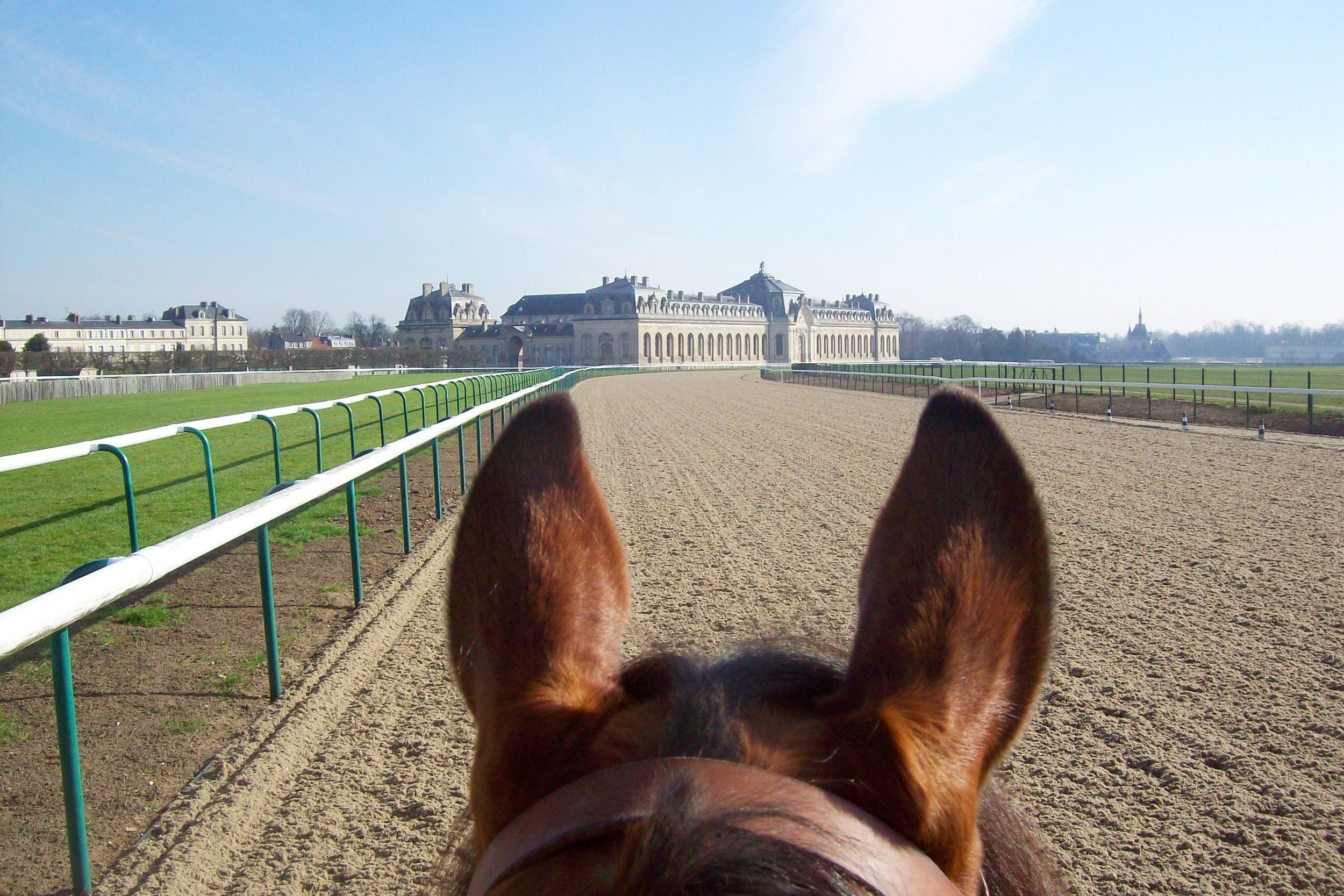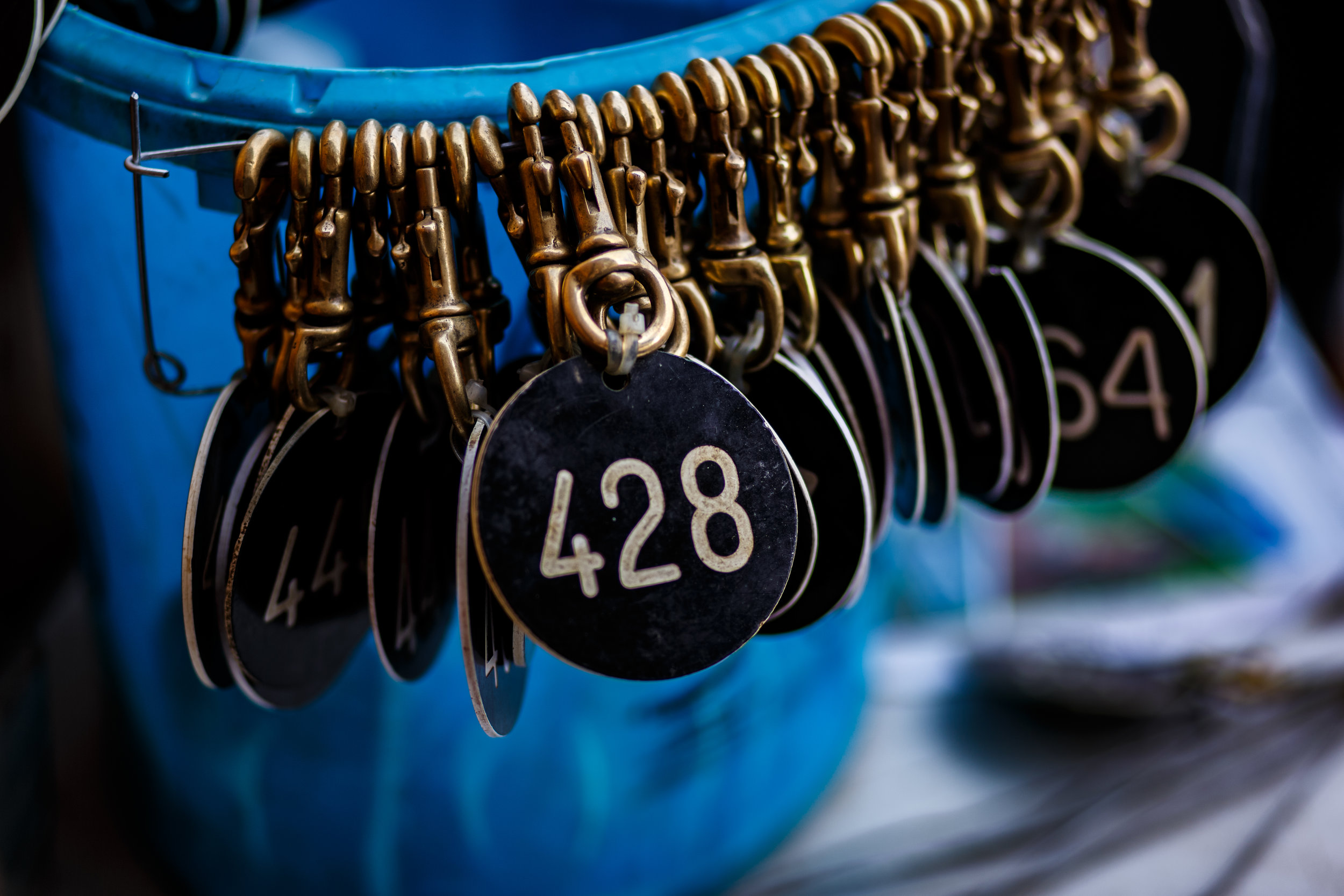From Fertility to Foal: considerations for digestive tract health
/By Emma Hardy, PhD
The success or failure of any breeding program is dependent on the nutritional status and digestive tract health of foals, mares, and stallions alike. Although this aspect of the operation is often overlooked, it is only by ensuring that these considerations are optimised that foals are given the best chance to survive and thrive, from birth through weaning and on to sale.
A weighty issue
There exists surprisingly little research surrounding the nutrient requirements of the breeding stallion. This may be in part complicated by the great variation in activity; some stallions may serve several mares a day during peak periods in the breeding season, while others may serve only that number in a year. Other influencing factors may include temperament, management routine, and competitive activities. However, it is generally agreed that energy demands are indeed above maintenance levels, and according to various National Research Council studies it has been suggested that active stallions require approximately a third more digestible energy than their non-breeding, sedentary counterparts.
Research in other species has shown that a body condition that deviates greatly from the ideal can be associated with an increased risk of infertility (Nguyen et al. 2009). Nutritional content is also of great importance, with zinc and omega-3 fatty acids playing important roles in sperm motility, mobility, and viability.
Extremes in body weight and condition can also affect the fertility of broodmares. Low levels of body fat in mares can inhibit or delay ovarian activity, and obesity is often associated with insulin resistance (equine metabolic syndrome, or EMS), which can also disrupt cyclicity. Gentry et al. (2002) found that mares with a body score of 3-3.5 demonstrated a longer anaestrus than mares with a good body score (eg., 5) (Henneke et al. 1983) and was accompanied by lower plasma leptin, prolactin, and insulin-like growth factors.
It would therefore be sensible to carefully manage the weight and condition of both broodmares and stallions to optimise breeding potential.
Safely improving body condition and weight
For horses struggling to maintain ideal body condition it is important to assess forage intake and quality, and to also increase concentrates. Energy-dense grains and fats are often employed in these situations; however, caution must be taken to avoid the digestive tract issues these can cause.
Adding fat-fortified feeds to the diet, or top dressing fats or oils, can be an effective way to increase caloric intake. However, oils can pose a palatability issue. For a significant caloric contribution, somewhere between 200-500 ml/day of vegetable oil would be required. This would also increase the need for additional vitamin E and selenium to counteract the greater antioxidant need of a horse on such levels of supplementation.
The horse is naturally limited in its capacity to digest large volumes of starch, so concentrations should be limited to about 2g starch/kg body weight per meal, which equates to 0.2% starch or 1.4kgs of grain per meal. Anything over this risks starch bypass through to the large intestine, which can cause a bacterial inversion and ultimately a range of issues from poor feed absorption and inflammation to colic and laminitis.














